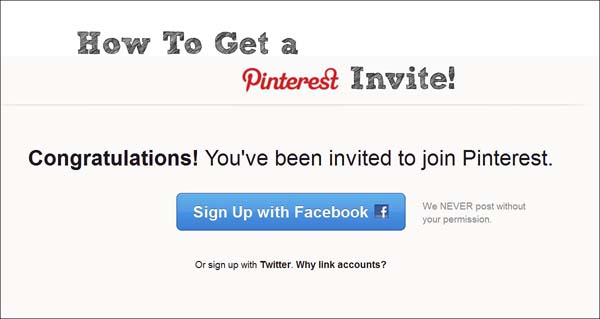What is Growth Hacking? (+4 Success Stories)
Growth hacking is often thrown around among startups and small-sized businesses. But the term is not as simply as it seems. Our digital marketing experts frequently notice clients misunderstanding growth hacking. As a result, our team put together four “success stories” of growth hacking strategies implemented by the largest technology companies in the world.
Success Story 1: Spotify and Audience Hacking
Audience hacking can be defined as a variety of confusing and complicated terms. However, Spotify’s case simplifies it for everyone. The music-streaming service managed to team up with Facebook in 2011, only two years after Spotify’s initial launch. This partnership included integrating Spotify onto Facebook’s platform, meaning that Facebook users could see what music other users were listening to with Spotify. The growth that resulted from this partnership launched the music streaming company into another stage of growth, as you can see below.

So what’s the lesson here? Spotify proved one of the most successful methods of growth hacking: they partnered up with an already growing, established platform. While it may be difficult to team up with Facebook today, we recommend you keep a lookout for other platforms that are experiencing rapid rates of growth. The difficult part here is determining companies that are ideal for partnership without being “out of your league.” But don’t worry—you can always hire pros to take care of that.
Success Story 2: Dropbox and Referrals
Referral strategies are one of the most widely proven, successful growth hacking methods. Typically, an unsuccessful referral strategy will only provide a benefit to the person who invites someone else—rather than both the person who invites and the person who joins. However, Dropbox changed that formula in the late 2000s by creating a mutually beneficial referral strategy—where each person who invites and their new member receive free storage space on Dropbox. Unsurprisingly, this skyrocketed their overall signups by 60%. The logic: people love free things.
We suggest your business considers a referral program—and when it does, you should design it to benefit both the inviter and the invitee. Not only does this strategy distinguish your referral program from most others, but, as Dropbox very quickly proved, the strategy also provides rapid user-growth. Another recent major technology company that succeeded with this route is Uber.
Success Story 3: Facebook, Pinterest and Exclusivity
Both Facebook and Pinterest undertook a unique strategy for growth hacking—limiting the amount of users that can join. While at first, this may seem counterintuitive, the strategy proved largely successful for both of the companies.
In Facebook’s case, the social media network originally begun as a closed network—only students from certain universities were allowed to join. While the network begun to acquire a massive user-base at these universities, the developers, such as Mark Zuckerberg, were able to slowly scale the network until it was ready to expand massively.

Furthermore, Pinterest used a similar “exclusivity” angle to acquire their initial user base. However, instead of using a passive acquisition angle like Facebook’s, Pinterest actively invited a curated user-base via email to sign-up for this service. By doing so, Pinterest made these potential users feel special, and, thus, quickly elevated its user-base.
What should you do? Our marketing experts suggest that you attempt to initiate a unique exclusivity strategy that makes your potential user-base also feel special. With this strategy, not only do you get to select who exactly can test out your services, but you also get to focus on preparing your business for rapid, open market growth.
Success Story 4: Instagram and Cross Posting
Instagram succeeded with a similar strategy to Spotify’s audience hacking, while remaining noticeably distinct. The social media platform established itself with cross-posting features. Essentially, this means you can post the same content from Instagram onto other competitor websites, like Facebook or Pinterest.

So how does this benefit Instagram? Well, with Instagram posts being shared on other major social media platform, more people learned about Instagram’s abilities by seeing the social media platform in use on their preferred network. For example, if a user cross-posts an image from Instagram to Facebook, a new user may see this post on Facebook and sign up for Instagram.
How can you apply this to your startup?
While the answer remains very dependent on the nature of your business, you don’t have to run a social media network to take advantage of Instagram’s logic. The logic, put simply, is that your competitors are not only competition—they may also present opportunities. Our team recommends that you brainstorm methods for how you can take advantage of your competitor’s platforms in order to boost your own business.
If you need advice or assistance on how you can implement any of these growth strategies specifically to your business, feel free to get in touch with our digital marketing experts, who research and devise strategies on a daily basis.



